University-led initiative assesses mine-water district energy in Cumberland, B.C.
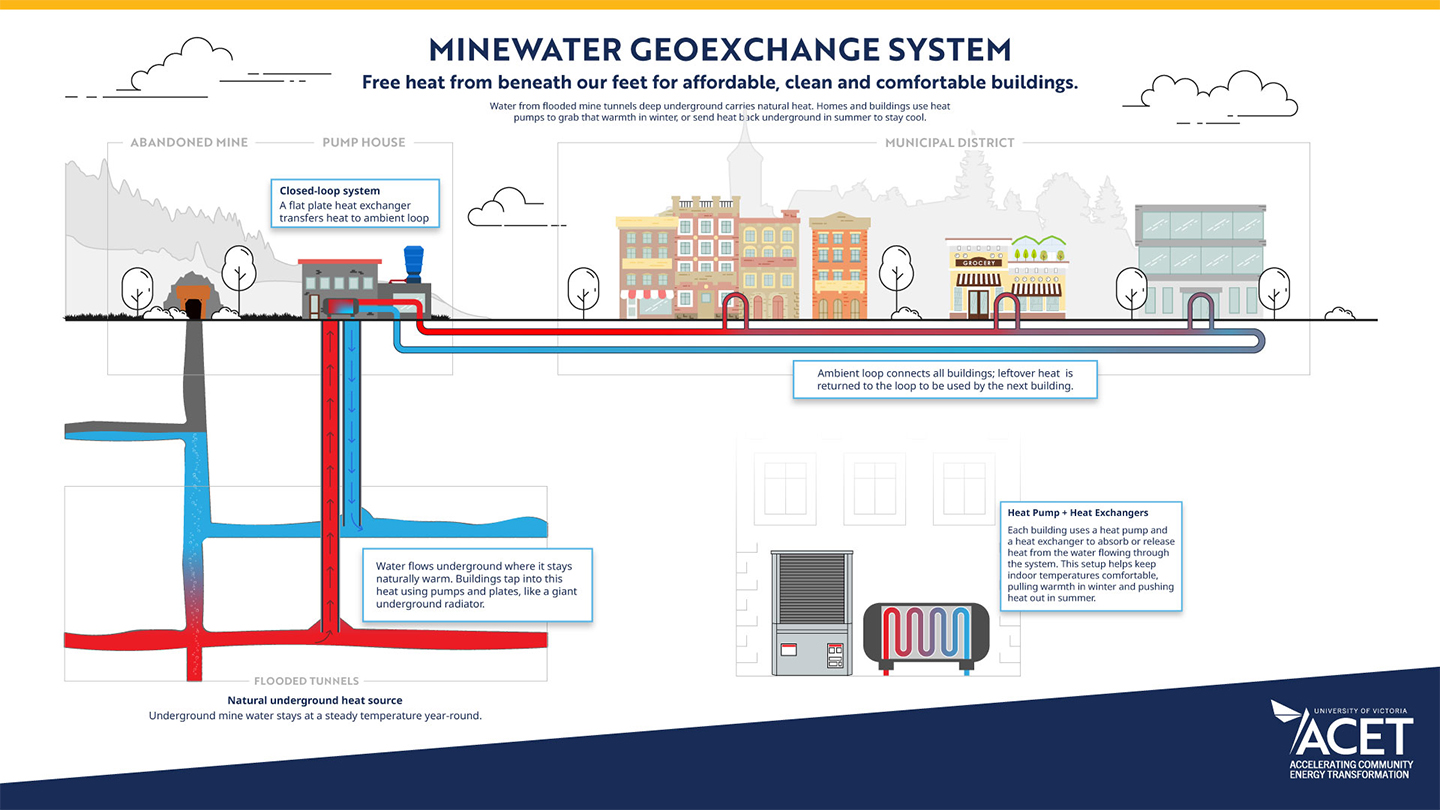
Cumberland, British Columbia, is partnering with the University of Victoria-led Accelerating Community Energy Transformation (ACET) initiative to evaluate a district energy system that would use water trapped in abandoned coal mines to heat and cool buildings. Under the Cumberland District Energy project, planners are assessing how the extensive network of underground shafts and extraction tunnels beneath the village could function as a large ground-source heat exchanger. ACET’s Zachary Gould explains that the mine water remains cooler in summer and warmer in winter than surface conditions, enabling heat pumps to leverage that temperature difference to provide building heating and cooling at relatively low cost and with near-zero carbon output. Emily Smejkal of the Cascade Institute notes that the mine network’s footprint could allow the entire town to access this resource.
Initial modeling is focused on a proposed civic precinct redevelopment, encompassing a community center, municipal offices and affordable housing, and on a large industrial zone near Comox Lake. Mayor Vickey Brown said municipal properties, including the village office, council chambers, public works and a recreation center, sit above the former No. 6 mine, presenting an opportunity to test mine-water geothermal for the precinct’s heating and cooling as part of a broader redevelopment. As a small municipality of approximately 4,800 residents without an engineering department, Cumberland is drawing on ACET’s academic expertise for business case development and geothermal exploration. Gould adds that the effort aims to reduce the costs of critical infrastructure and provide amenities, while turning “those ruins of extraction, so to speak, into an opportunity and a shared community asset.”
Coal mining shaped Cumberland from 1888 until the late 1960s, when operations ceased after some 16 million tons of bituminous coal were excavated and shipped from the Comox Valley, according to the Cumberland Museum and Archives. A wharf at nearby Union Bay served international markets; coal fueled steamships and heated homes, and coked coal from Union Bay supplied smelters for lead and zinc production. Mining jobs were dangerous, resulting in many deaths and injuries, and the burning of coal contributed to climate change. Historian Dawn Copeman said using the same abandoned mines for clean energy does not rewrite that history but offers a new path forward; a 2011 coal mine proposal near Union Bay drew “a lot of pushback,” while repurposing existing workings for geothermal heating and cooling is seen as a constructive opportunity. “Being able to use something that’s already there for heating, I think it’s positive,” she said.
The geothermal concept in Cumberland emerged from discussions among local geologists about issues such as methane from former mines and the potential for other mine-water applications. While drilling deep for super-heated water was not feasible locally, accessing shallower mine water to offset seasonal heat and cold was identified as a practical option, with comparable projects cited in Nanaimo, British Columbia, and Springhill, Nova Scotia. “It’s about reimagining these old resources and relics of industry,” said geologist Cory MacNeill. “It’s really powerful to look at all of this mining and look at ways that we can benefit from it from a more environmental standpoint.”
Brown said that if a pilot proves successful and sustainable, the “vast labyrinth” of tunnels beneath the village could support broader deployment. She noted that providing cheap, clean heating and cooling could make industrial land more attractive, including for businesses that produce or consume significant heat such as greenhouses and food processors, potentially adding jobs and contributing to the tax base. “This is a way to highlight the history of Cumberland and bring it into a sustainable-future, clean-energy ethos,” she said. “We’re using the waste of that old resource to transition to cleaner energy.”
Want to read more like this story?
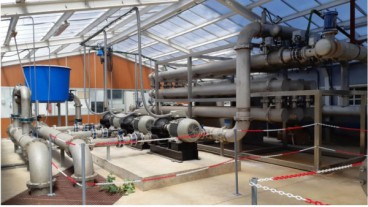
UK plans to use old coal mines to heat houses
Jul, 07, 2021 | NewsExperts in the UK consider an innovative idea that involves heating houses via abandoned coal mines....

Heat produced by an underground line to warm houses in London
Sep, 05, 2019 | NewsA brand-new innovative plan suggests utilizing heat produced by an underground line to warm houses d...
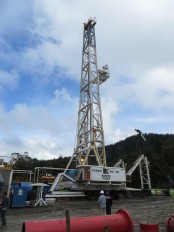
UK risks missing out on major geothermal energy opportunity
Nov, 11, 2025 | NewsThe United Kingdom faces a significant risk of falling behind in the deployment of geothermal energ...
Open-pit coal mine collapse in China
Mar, 02, 2023 | NewsAn open-pit coal mine collapsed in Alxa League in Inner Mongolia, China, on Wednesday the 22nd of...

Polis Administration Awards $7.3 Million for Innovative Geothermal Heating and Cooling
Oct, 18, 2025 | NewsThe Colorado Energy Office (CEO) announced $7.3 million in awards through the third cycle of the Co...

DOE to test cutting-edge mining technologies at four U.S. mines
Sep, 30, 2025 | NewsThe U.S. Department of Energy (DOE) has launched a new funding initiative totaling US $95 million k...
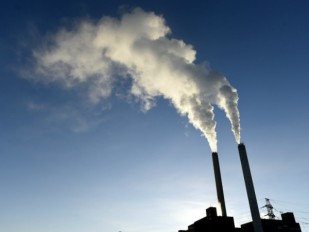
Finland is banning coal for energy production by 2030
Jan, 11, 2017 | NewsIt is set to become the first country to bring such a law It is set to become the first country t...

Illegal mine collapse in Rwanda’s Huye district followed by landslides
Apr, 19, 2023 | NewsAn illegal mine collapsed in the Kinazi sector of Huye district, Rwanda, on April 19. Furthermore...
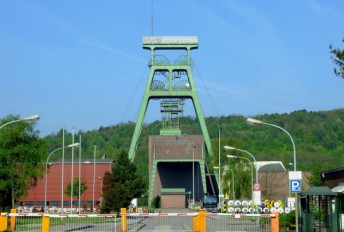
A German coal-mine will be converted into a hydroelectric battery
Apr, 28, 2017 | NewsOther mines may follow, as the area needs more industrial-scale storage to double its share of renew...
Trending

Characteristics of Load Bearing Masonry Construction

Taipei 101’s impressive tuned mass damper

Morocco Implements Landmark Dam Perforation to Combat Water Stress in Marrakech

Dutch greenhouses have revolutionized modern farming

The Line at Neom faces feasibility reassessment while construction continues

The Line at Neom faces feasibility reassessment while construction continues


